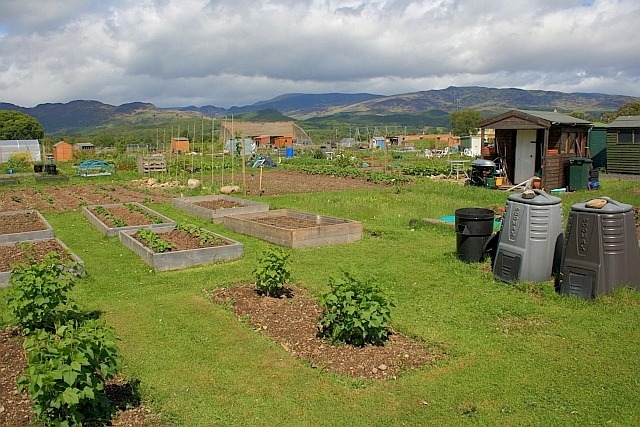SEDA 2016 Conference: Small Buildings, Small Footprints

Scottish Ecological Design Association (SEDA) members and supporters convened last Friday in the picturesque village of Comrie, near Perth, for the Association’s annual conference. Hoskins Architects are corporate members of SEDA, and director Nick Domminney made the journey north and provides the following report:
Spread over two days, this year’s conference was entitled ‘Small Buildings, Small Footprints’. Most of the conference was dedicated to the many aspects of how buildings can sit lightly on the land. The venue was the UK’s only specifically designed prisoner of war camp at Cultybraggan, about a mile from Comrie. This held 4000 of the most ardent and dangerous Nazi’s captured during WWII, but is now a thriving seedbed of small industries. It still retains its history and mystery, however, and the setting is stunningly beautiful.
Over Friday we explored tourism related developments, including: a visit to local Auchengarrich Wildlife Park and heard about developments around the Caledonian Canal and Loch Lomond, followed by “hutting” activist, Bernard Planterose, with a great illustrated explanation of how removal of legal restrictions has seen a flowering of straw, steel clad and CLT structures in the Scottish countryside. Oliver Chapman brought a more architectural tone to proceedings, with his show of lovely low energy small scale rural developments.
Congregating in Comrie Parish Church on the Saturday, Kat Kinghorn showed why Makar have expanded from a small, architect designed and constructed house builders, to looking at 130 unit developments, all using untreated Scottish timber. Rural Design’s Nick Thompson went on to show how “wriggly tin”, or corrugated iron, is actually the Highland’s vernacular material. Proceedings culminated with three second year architecture students presenting their projects for the SEDA sponsored Krystyna Johnson Award.
Images courtesy of Saltire News via The Telegraph, and Mick Garrett @ geograph.org
June 2016